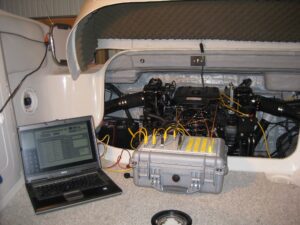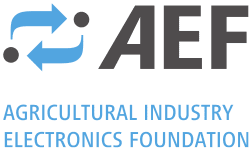
More new hardware was introduced including a small Real-Time/FPGA target called the NI System on Module. () The NI System on Module (SOM) combines the Xilinx Zynq FPGA, common components like memory, and a complete middleware solution, delivering a complete embedded platform that minimizes design time and risk for any embedded control or monitoring application. The NI SOM also ships with NI Linux Real-Time, which combines the performance of a real-time operating system with the openness of Linux. Along with a vast community, Linux allows the freedom to choose how you program the processor, using either LabVIEW system design software or C/C++ with Eclipse.







